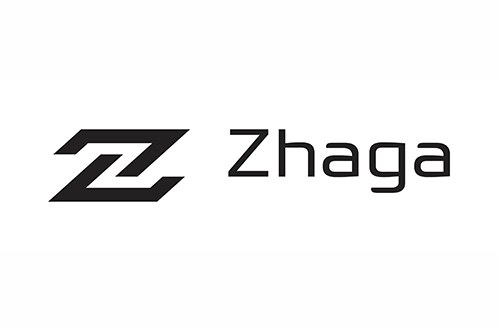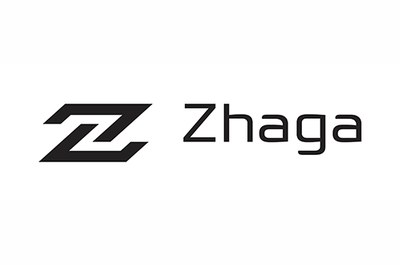Zhaga Specifications Reference NEMA Standard for LED Dimming
NEMA’s LED dimming standard SSL 7A-2013 has been referenced by two Zhaga interface specifications for LED light engines.
Control and dimming is an essential feature of many LED-based solid-state lighting (SSL) systems. However, there has been a shortage of standards to ensure compatibility between dimmable LED light engines (LLEs) and phase-cut dimming controls.
To help address this lack of standards, the US-based National Electrical Manufacturers Association (NEMA) published in April 2013 a new standard, NEMA SSL 7A-2013, entitled “Phase-Cut Dimming for Solid-State Lighting: Basic Compatibility” (see NEMA press release).
“NEMA is committed to international collaboration and standardization,” said Evan Gaddis, president and CEO of NEMA. “The ability to reduce manufacturer burden and have consistent requirements across the globe is essential.”
SSL 7A provides compatibility requirements when a forward phase-cut (sometimes called a “leading edge”) dimmer is combined with one or more dimmable LED light engines (LLEs). The goal in creating SSL 7A was that dimmers and LLEs tested against the criteria set forth in SSL 7A will be compatible with one another, without the need for specific testing of every LLE and dimmer pairing.
SSL 7A was developed in close cooperation with the Zhaga Consortium, an international organization that is developing specifications to enable interchangeable LED light sources. The SSL 7A standard is already referenced in several Zhaga specifications (known as “Books”).
“Standardized compatibility between LLEs and controls is essential,” said Ethan Biery, Design and Development Leader with Lutron Electronics, a member of Zhaga. “However, the development of such a standard is outside Zhaga’s scope. Therefore, Zhaga was very pleased to work with NEMA on the development of SSL 7A, and congratulates NEMA on the successful publication of this standard.”
The SSL 7A standard has already been referenced by the most recent versions of Zhaga Books 2 and 8, which define socketable downlight LLEs with integrated control gear. In part, this is because SSL 7A is the only available specification covering a two-wire, mains-powered, phase-control dimming interface.
In order for an LLE that supports dimming functionality to be compliant with Zhaga Book 2 or Book 8, such dimming functionality has to comply, at a minimum, with the provisions of NEMA SSL 7A.
Future Zhaga Books which have integrated electronic control gear, and which are used in applications where phase-cut dimming is applicable, are also expected to refer to SSL 7A.
Development and scope of SSL 7A / Background information
There are a number of SSL control techniques and protocols in use throughout the industry. An older NEMA standard, SSL 6-2010, describes the installed base of simple phase-cut SSL dimmers, but the compatibility of future products that include new, digital features required a new specification.
Market demand by lamp and control manufacturers and sales channels, and other factors such as frustrating user experiences, resulted in the inception of SSL 7A. Rather than have several organizations develop separate standards, NEMA was chosen as the administrative body to take the project forward. SSL 7A received input from companies that are members of Zhaga and NEMA’s Lighting Systems Division, as well as from other standards bodies, European manufacturers and IC suppliers.
The requirements of SSL 7A do not limit its use to any specific lighting product type or application. The standard includes requirements for a range of supply voltages and frequencies, making it suitable for global use.
SSL 7A is intended to reduce the testing burden for manufacturers by utilizing synthetic loads and waveform generators to represent LLEs and dimmers during testing. The goal of SSL 7A is that dimmers tested against the standard’s criteria will be compatible with each other, without the need for specific testing of each lamp and dimmer pairing.
For the purposes of the standard, “compatibility” means that the reliability of the dimmer and LLE are not affected by combining them, and the dimming behaviour meets or exceeds the behaviour specified in the standard.
Importantly, SSL 7A is forward-looking and is intended to be used to design and qualify new dimmer and LLE products (including those with either integral or remote control gear) for use with each other. It is not intended for use to determine compatibility with existing products or the installed base of LLEs and phase-cut dimmers.
About Zhaga
The Zhaga Consortium develops interface specifications that enable the interchange of LED light engines manufactured by different companies. Zhaga is a global cooperation, with members that include luminaire makers, lamp manufacturers, LED module makers, and companies that supply components and materials to the lighting industry.
Zhaga’s approach is to specify the interfaces between LED light engines and LED luminaires. Each Book defines the interfaces – mechanical, thermal, photometric, electrical and control – for different categories of LED light engine. Using Zhaga specifications, a luminaire maker can use LED light engines from different suppliers without having to change the design of the luminaire.
Contact information
|
Tim Whitaker |
Megan A. Hayes |
|
Marketing Communications Director |
Technical Program Manager |
|
Zhaga Consortium |
National Electrical Manufacturers Association |
|
Tel. +44 (0)7825 216 329 |
Tel: +1 703 841 3285 |
|
Email: marcom@zhagastandard.org |
Email: megan.hayes@nema.org |
|
Web: www.nema.org |


